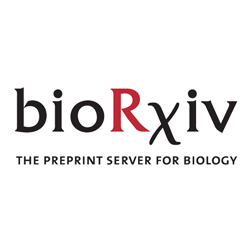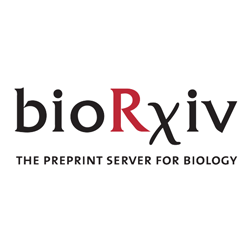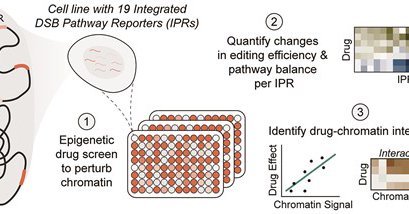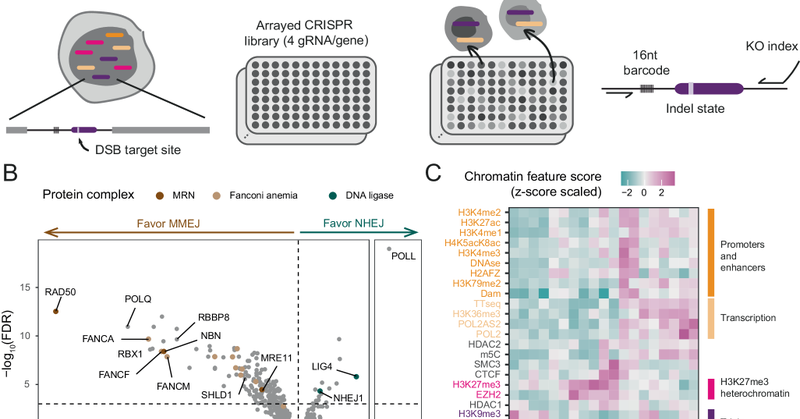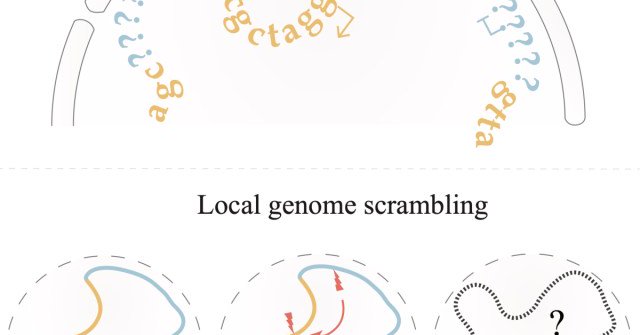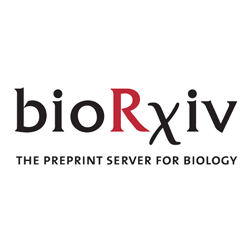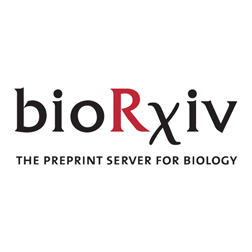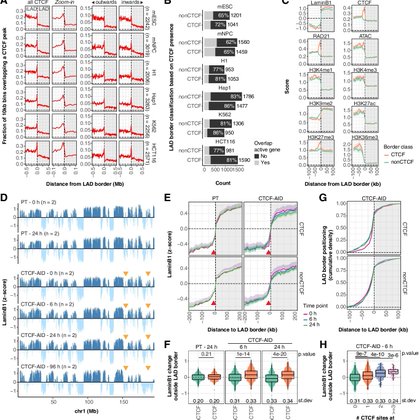
Bas van Steensel lab
@bvansteensellab
Followers
2K
Following
3
Media
0
Statuses
44
Chromatin Genomics lab at the Netherlands Cancer Institute. We study genome architecture, chromatin and gene regulation by means of new genomics methods.
Amsterdam, The Netherlands
Joined June 2018
If you did not abandon this platform yet (it really is time to go!): In addition to LinkedIn, you can now also find us on Bluesky: . @basvansteensellab.bsky.social.
0
0
1
We are leaving Twitter/X and we will instead post our lab's news on Thanks for following us, we hope to see you there!.
linkedin.com
Login to LinkedIn to keep in touch with people you know, share ideas, and build your career.
0
0
9
New preprint by our lab -- Revealing the functional landscape of a large genomic locus by highly multiplexed local hopping of a reporter: Even a 'simple' genomic locus such as the mouse Sox2 locus still holds surprises. .
biorxiv.org
Genes are often activated by enhancers located at large genomic distances. The importance of this positioning is poorly understood. By relocating promoter-reporter constructs into >1,000 alternative...
1
22
88
We generated a collection of new and optimised (and multiplexable) TF reporters for human and mouse cells:
biorxiv.org
In any given cell type, dozens of transcription factors (TFs) act in concert to control the activity of the genome by binding to specific DNA sequences in regulatory elements. Despite their conside...
0
12
62
. and we used our platform of 19 chromatin-integrated pathway reporters to probe context-dependent effects of epigenetic drugs on Cas9 editing:
academic.oup.com
Abstract. The efficiency and outcome of CRISPR/Cas9 editing depends on the chromatin state at the cut site. It has been shown that changing the chromatin s
1
9
24
We identified a complex network of proteins that regulate MMEJ:NHEJ repair pathway balance in a chromatin context-dependent manner. With impact on cancer genomes. Paper is finally out:
nature.com
Nature Communications - DNA double-strand breaks are repaired by multiple pathways. The balance of these pathways depends on the local chromatin context, but the underlying mechanisms are poorly...
2
35
142
See also Lise's explanation on our Open Science blog:
chromatingenomics.wordpress.com
Lamina-associated domains (LADs) are large chromatin domains tethered at the nuclear lamina (NL). Their biology has been investigated for over a decade, especially in the BvS lab. We and others hav…
0
2
11
New preprint from our lab: LAD scrambling to figure out how they interact with the nuclear lamina.
biorxiv.org
Lamina-associated domains (LADs) are megabase-sized genomic regions that interact with the nuclear lamina (NL). It is not yet understood how their interactions with the NL are encoded in their DNA....
1
16
79
New preprint from our lab: Optimisation of TP53 reporters by systematic dissection of synthetic TP53 response elements.
biorxiv.org
TP53 is a transcription factor that controls multiple cellular processes, including cell cycle arrest, DNA repair, and apoptosis. The relation between TP53 binding site architecture and transcripti...
0
4
15
Our lab has a postdoc position available! Several possible projects in functional genomics of gene regulation, using exciting new approaches. Computional, wet-lab or both. If you are interested: contact us at b.v.steensel@nki.nl.
0
44
62
We have a position available for a Technician. Would you like to work on new genomics techniques and do you like to work in a team? See for info about our research. Please send your application letter + CV to b.v.steensel@nki.nl.
0
6
19
We identified dozens of DNA double-strand break repair proteins that modulate MMEJ:NHEJ balance depending on the local chromatin context:
biorxiv.org
DNA double-strand breaks are repaired by multiple pathways, including non-homologous end-joining (NHEJ) and microhomology-mediated end-joining (MMEJ). The balance of these pathways is dependent on...
0
41
172
Our paper on the impact of CTCF and cohesin on genome - lamina interactions is out: Our revised manuscript was parked on the editor/reviewer's desk for 24 weeks, but in the end it got accepted. Sometimes the publishing system does not work so well. .
genomebiology.biomedcentral.com
Background Lamina-associated domains (LADs) are large genomic regions that are positioned at the nuclear lamina. It has remained largely unclear what drives the positioning and demarcation of LADs....
1
17
89
